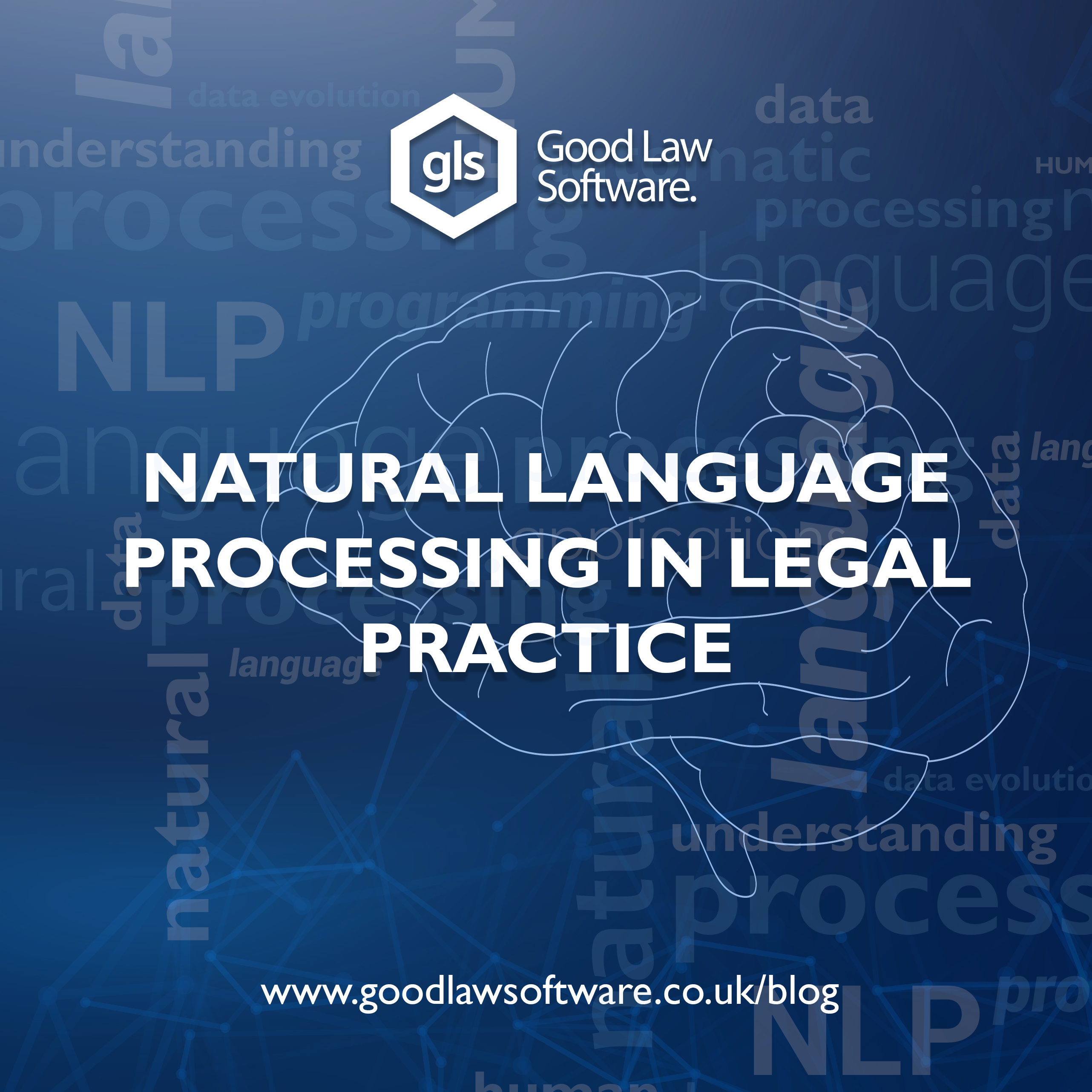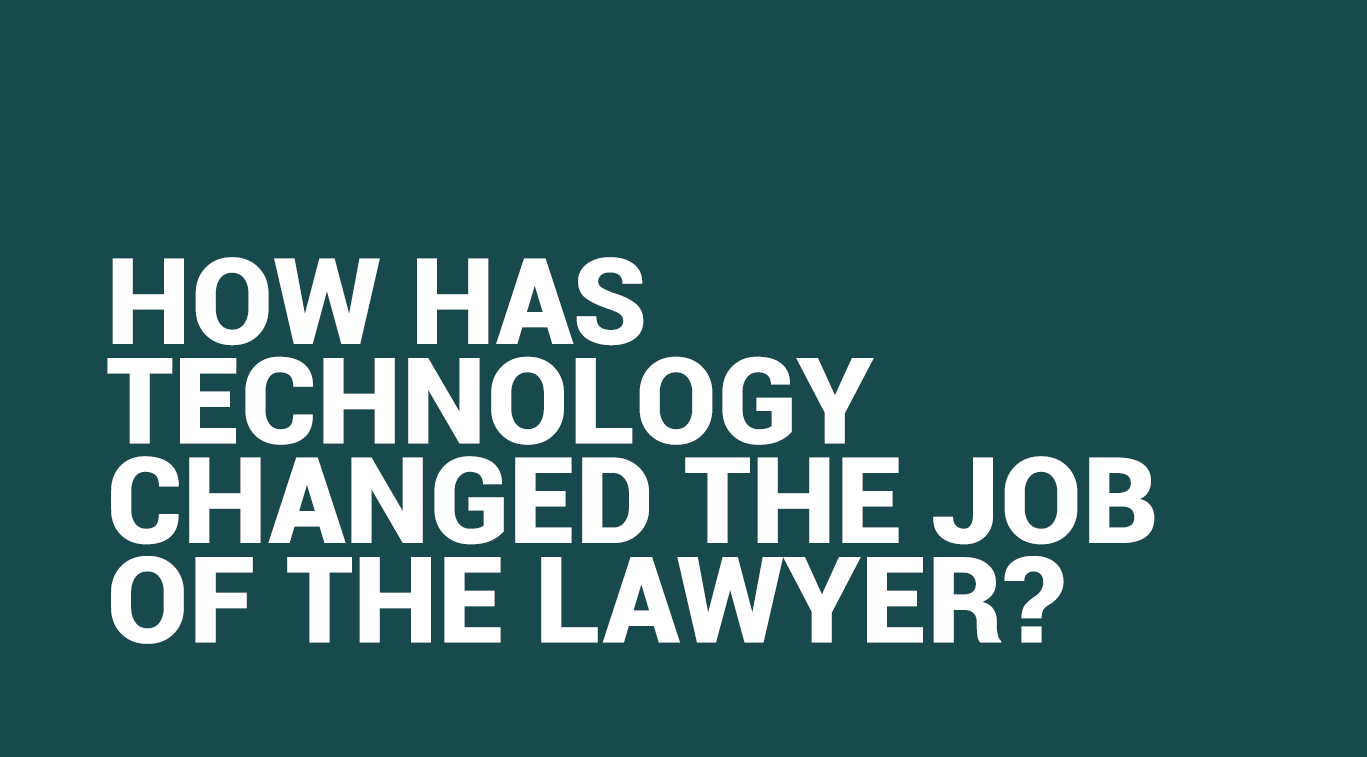Natural Language Processing in Legal Practice

Written by Maryam Khan
Blogger

Online legal databases have been the traditional approach to conduct legal research and find case law. However, natural language processing is taking over by streamlining the entire research process. This article explains how natural language processing works and how it’s impacting legal practice.
What is Natural Language Processing?
Natural Language Processing is a subdivision of artificial intelligence which concerns the relationship between algorithms and written and spoken human language. It is based on a data-driven algorithm that makes inferences by identifying complex patterns in data sets [1]. This type of data training is used to process and understand language within its context [2]. Using natural language processing, computer programs can translate text, respond to spoken instructions and summarise large data volumes.
Artificial intelligence in natural language processing is also commonly used in document review and reduces the drawbacks of traditional legal research. It has been reported that the global natural language processing market size is expected to grow from $10.2 billion in 2019 to $26.4 billion in 2024, which is a 21% increase each year [3]. This reflects how natural language processing is becoming a priority and suggests that traditional methods for legal research are now becoming obsolete.
How does it work?
Natural language processing operates to process human languages and overcoming ambiguity. It applies linguistics, statistics and computer science to written and spoken language [4]. An extremely popular example of an natural language processing is the use of Google search. Following a word being typed, Google automatically suggests searches related to it to predict what users are looking for when they type [5]. The more Google is used, the more it learns the user’s specific language and accurately predicts their next search.
This combination of continued use and learning is how artificial intelligence works in natural language processing when carrying out legal research. As a result, natural language processing can be used to retrieve and extract key information from audio recordings or lengthy documents, recognise and convert speech to text and correctly interpret questions to provide the right answer [6]. Due to the technology’s ability to repeatedly learn, the right information is retrieved despite the user not being able to articulate their question in their search clearly.
How is it transforming legal practice?
Improving Legal Search Results
Lawyers have to usually enter keywords or phrases into a legal database for specific documents and information. However, this legal search method can generate irrelevant results as this way simply highlights documents that contain similar words and phrases and does not take into account the type of case, area of law and context of the document. Legal research through natural language processing, on the other hand, generates legal search results by retrieving key information through identifying and separating relevant documents from a larger pool of documents. Therefore, with natural language processing, there is no need to formulate an extremely precise search to get the desired information. Through artificial intelligence and machine learning embedded in natural language processing, lawyers can search using their natural language, similar to asking a colleague the same question in person.
Extracting Valuable Information
Natural Language Processing searches through unstructured text to extract information valuable to law firms. This can be seen in contract management departments, where natural language processing extracts key terms from contracts to create summary reports. The use of natural language processing for legal research can also be seen in intellectual property law, where key data such as names of parties, case outcomes and patents are being extracted from court records. Again, this data is then used to create summary reports which assist lawyers in developing strategies to win intellectual property infringement cases [7]. Through natural language processing, drafting reports and identifying key terms is completely automated, which eliminates the risk of any human error such as entering the wrong date, missing an important contractual clause or any general spelling and grammar mistakes.
Improving Recruitment Through Chatbots & Digital Assistants
Natural language processing in a chat interface allows chatbots and digital assistants to answer questions using natural human language and communicate with clients. Popular digital assistants like Alexa and Siri are great examples of how natural language processing is used in everyday life. However, law firms can also benefit from using chatbots as natural language processing enables chatbots to comprehend and respond to sentences, paragraphs and documents [8]. Firstly, a chatbot can significantly help with administrative duties and internal recruitment within a law firm. Lawyers no longer have to outsource HR and recruitment teams or schedule interviews with potential candidates themselves. A chatbot can be used to conduct onboarding processes for new employees, set up notifications and reminders, and manage employee leave applications [9].
Saving Time & Increasing Efficiency
Natural language processing saves time for lawyers by identifying where specific phrases are mentioned in a lengthy document or exactly where a decision is made in the judgement of a case. This enables lawyers to easily find what is relevant to their work without wasting time reading every page. This also eliminates the risk of lawyers skimming through large volumes of paperwork and missing key pieces of information. Tasks such as going through case files can be tedious and quite time-consuming. Therefore, using natural language processing saves time for lawyers and enables them to take up more complicated tasks that cannot be automated or assisted by technology.
Drafting & Translating Legal Documents
The importance of wording when drafting legal documents and contracts is undeniable. Therefore, the way a lawyer structures and drafts a contract requires extreme precision. Any vagueness in wording can have a huge effect on the interpretation of clauses, impacting the client’s position and bargaining power. Natural language processing eliminates any errors in wording, which adds another layer of protection to the client’s reputation and position in a negotiation [10].
Natural language processing features within contract management software can also translate legal documents into multiple languages. This feature makes legal services more accessible and improves communication providing law firms with global reach and bridging the gap to clients from different parts of the world. Using natural language processing to translate documents instead of hiring a translator for every language has the added benefit of reducing costs
Increasing Accuracy in Predicting Court Rulings
The combination of predictive coding, machine learning embedded and natural language processing can also be used by lawyers to understand better the likelihood of how a court or judge may rule. A case in point is a study conducted in 2016 that discovered that machine learning and natural language processing could predict how the European Court of Human Rights would decide on a case with 79% accuracy [11]. This is a major benefit to lawyers as understanding the history and identifying a pattern in a court’s ruling can assist lawyers in tailoring their arguments to support or go against a prediction [12]. The decisions of any judge or court can be analysed by natural language processing in a couple of seconds, enabling lawyers to save time and work efficiently instead of spending hours going through court judgements and doing the analysis themselves. Key pieces of information identified regarding previous rulings, the judge’s thinking process and any common facts can hugely impact the route a lawyer takes to structure their argument and win a case.
Are there any challenges?
Lack of Independence in High-complexity Language Tasks
The use of natural language programming has currently not reached its commercial viability and potential for many high-complexity language tasks. The major barrier in preventing NLP AI solutions from managing and independently following through with such tasks is that legal writing requires a great deal of understanding and learning from training data. It is not easy to train data to independently create a piece of writing compared to identifying which documents are relevant and extracting key pieces of information [13].
Lack of Research & Development
The use of machine learning requires large volumes of training data to function effectively. The more information a natural language processing software is trained on, the smarter and more efficient it becomes. While advanced technology such as neural networks and deep learning allow natural language processing techniques to function effectively, there is still huge room for growth [14]. Data continues to grow and develop alongside the human language every day, and for natural language processing technology to match this growth, there is a need for more research and development in data training.
Lack of Data Availability & Low-Resource Languages
The issue here is that most machine learning natural language processing applications have been largely built for the most common, widely used languages spoken in areas with greater access to technological resources. As a result, many languages, particularly those predominantly spoken in areas with less access to technology, are overlooked due to less data on these languages. For example, there are around 1,250 – 2,100 languages in Africa that natural language processing developers have ignored [15]. This can make it challenging for global law firms operating in Africa or firms with a client base there to use these applications.
In short
While natural language processing is not new to the legal sector, it has made huge jumps regarding how important it is to streamline internal processes and improve workflow. Through technology backed by natural language processing such as chatbots, voice recognition and contract intelligence, legal departments are becoming more efficient and are offering innovative client service. Despite these benefits, the level and reach of using natural language processing need to be improved in terms of data training, accessibility and the general ability to be used on more complex legal tasks instead of menial administrative ones. And finally, one should note that this improvement will take time as legal work is never straightforward.
References
[1] Barry Wang, Daniel Lee Aniceto and Jacky Zeng, ‘The ImmediateFuture of AI in Law: An Overview of Natural language Processing Algorithms’, Sydney University Law Society (2020) at https://www.suls.org.au/citations-blog/2020/9/25/natural-language-processing
[2] Ibid
[3] Markets and Markets, ‘Natural Language Processing Market’, Natural Language Processing Market by Component, Type (Statistical, Hybrid), Application (Automatic Summarization, Sentiment Analysis, Risk & Threat Detection), Deployment Mode, Organization Size, Vertical, and Region – Global Forecast to 2026 at https://www.marketsandmarkets.com/Market-Reports/natural-language-processing-nlp-825.html
[4] Lars Mahler, ‘What Is NLP and Why Should Lawyers Care?’, Law Practice Today (2015) at https://www.lawpracticetoday.org/article/nlp-lawyers/
[5] Ibid
[6] Ibid
[7] Ibid
[8] Jagan Jami, ‘5 Ways AI Chatbots Can Revolutionize The Legal Industry’, Acuvate (2017) at https://acuvate.com/blog/5-ways-ai-chatbots-can-revolutionize-legal-industry/
[9] Ibid
[10] Shannon Flynn, ‘How Natural Language Processing (NLP) AI Is Used In Law’, Law Technology Today (2021) at https://www.lawtechnologytoday.org/2021/06/how-natural-language-processing-nlp-ai-is-used-in-law/
[11] N. Aletras, V. Lampos, D. Tsarapatsanis, D.Preotiuc-Pietro, ‘Predicting Judicial Decisions of the European Court of Human Rights: A Natural Language Processing Perspective (2016) at https://www.researchgate.net/publication/310615519_Predicting_Judicial_Decisions_of_the_European_Court_of_Human_Rights_A_Natural_Language_Processing_Perspective
[12] Alison WIlkinson, ‘How Natural Language Processing Can Improve Legal Search Results’, Kira Systems (2020) at https://kirasystems.com/learn/how-natural-language-processing-improving-can-improve-legal-search-results/
[13] Ibid (1)
[14] Ines Roldos, ‘Major Challenges of Natural Language Processing (NLP)’ MonkeyLearn (2020) at https://monkeylearn.com/blog/natural-language-processing-challenges/
[15] Sebastian Ruder, ‘The 4 Biggest Open Problems in NLP’ (2019) at https://ruder.io/4-biggest-open-problems-in-nlp/








